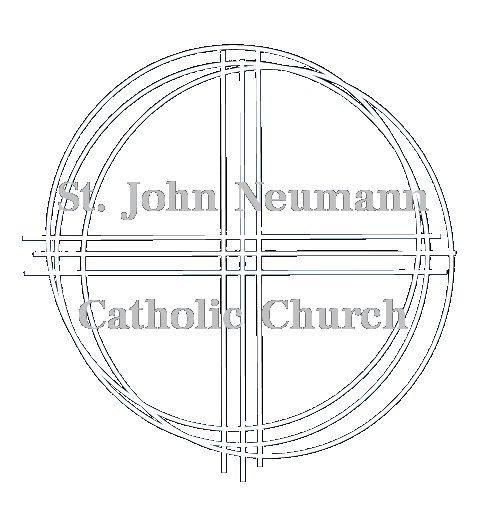Health Tips from Our Nurses
Warm greetings to all of our parishioners. If you would like to speak with us, just call the parish office. We are here to help, as always!
As we continue navigating through the cold and flu season, remember a few simple steps. Wash your hands with soap and water often, and avoid touching your face.
We also want you to attend to all of your health needs. We are blessed to have outstanding medical facilities in our area that are well-prepared to protect you and care for your healthcare needs. And finally, we want to remind you of the symptoms of emergency cardiac situations. Please review the stroke and heart attack warning signs below from the American Heart.
Warm Regards,
Nancy Houser, Donna Hoscheit, Pam Papp, Lisa Carani, Jenny Schweitzer, Sue Barnett, and Sandra Gatehouse
Staying healthy is especially important in these challenging times. Your parish nurses would like to remind you of the importance of getting the flu shot. Consult your doctor if you have any questions if the flu shot is right for you.
In addition, we recommend eating a healthy diet. Here is an article with helpful tips for boosting your immune system: https://www.healthline.com/health/food-nutrition/foods-that-boost-the-immune-system#red-bell-peppers
8 Effective Ways to Deal with Stress. As we continue on this long journey of the pandemic, combined with the additional flurry of the upcoming election, return to school, and civil unrest, we thought we could offer a resource for dealing with stress, taken from Dynamic Catholic.
These are very trying times, but through our Catholic faith, we know we never walk this journey of life alone. May each of you feel the love of our Lord with you always.
Stroke Warning Signs
A stroke is a medical emergency. Every second counts, because time lost is brain lost! Know these stroke warning signs and share them with others.
5 Warning Signs of Stroke
- Sudden numbness or weakness in the face, arm or leg, especially on one side of the body.
- Sudden confusion, trouble speaking or understanding speech.
- Sudden trouble seeing in one or both eyes.
- Sudden trouble walking or dizziness, loss of balance or problems with coordination.
- Sudden, severe headache with no known cause.
If you or someone with you has one or more of these signs, don’t delay! Call 9-1-1 or the emergency medical services (EMS) number immediately so an ambulance – ideally with advanced life support – can come. Also, check the time so you will know when the first symptoms appeared. It is important to take immediate action.
Heart Attack Warning Signs
- Don’t wait to get help if you experience any of these heart attack warning signs. Some heart attacks are sudden and intense. But most start slowly, with mild pain or discomfort. Pay attention to your body and call 911 if you experience:
- Chest discomfort. Most heart attacks involve discomfort in the center of the chest that lasts more than a few minutes – or it may go away and then return. It can feel like uncomfortable pressure, squeezing, fullness or pain.
- Discomfort in other areas of the upper body. Symptoms can include pain or discomfort in one or both arms, the back, neck, jaw or stomach.
- Shortness of breath. This can occur with or without chest discomfort.
- Other signs. Other possible signs include breaking out in a cold sweat, nausea or lightheadedness (American Heart Association 2019.)
Stay healthy and if you would like to speak to us, call the office or send an email to nhouser@sjnstcharles.org

